Lafayette Anticipation associate curator Anna Colin talks to artist Tyler Coburn about Ergonomic Futures, a speculative project engaged with art, design, science, anthropology and writing. In this interview, Coburn discusses the research, production process and network of collaborators of a multilayered project ultimately concerned with the futures of humankind. Anna Colin: When one comes across your museum seats Ergonomic Futures (2016—) in contemporary art exhibitions—and soon in natural history, fine art, and anthropology museums—they look… [read more »]
Pure Disclosure | Siliqoon
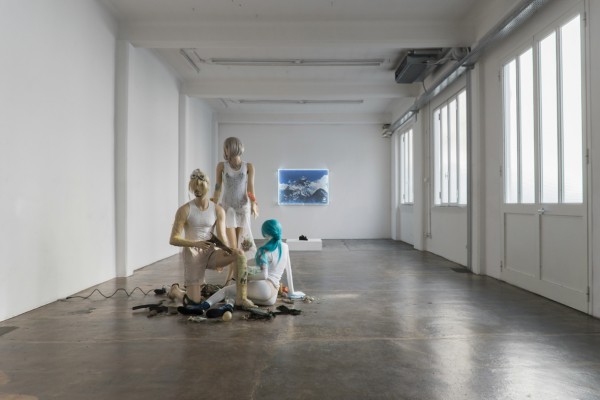
Daniel Keller & Ella Plevin, Seastead Figures (Polypool), 2015
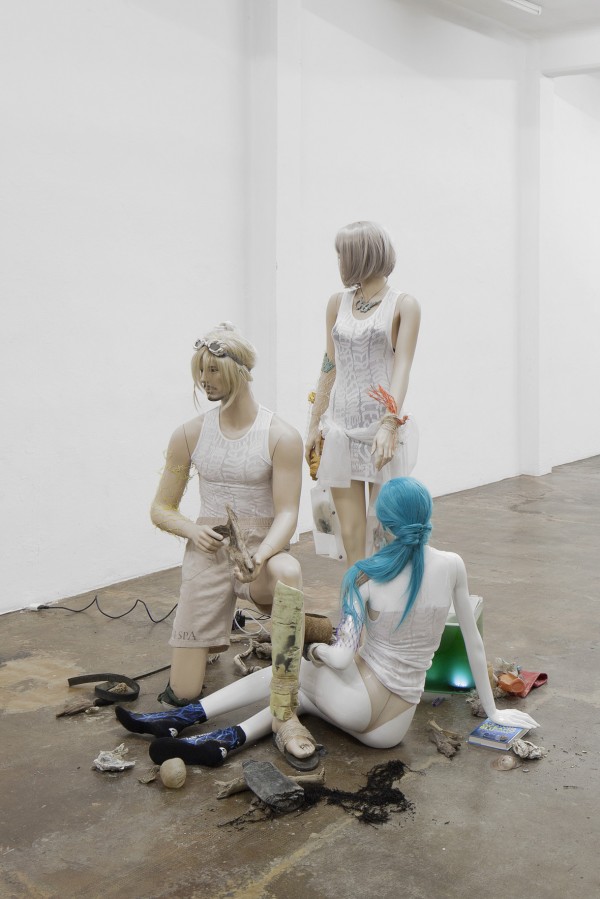
Daniel Keller & Ella Plevin, Seastead Figures (Polypool), 2015
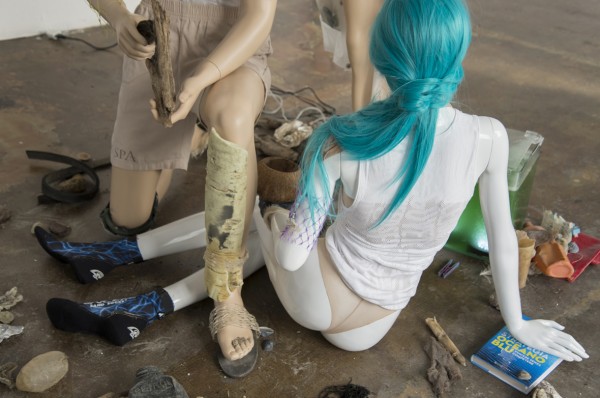
Daniel Keller & Ella Plevin, Seastead Figures (Polypool), 2015
In 2014, Siliqoon hosted four artists at a residency in Bologna where they worked side-by-side with Italian artisanal companies that facilitated the production of new works. The resulting works are displayed in the Marsèlleria permanent exhibition in Milan, as Pure Disclosure. Daniel Keller was joined by Ella Plevin with whom he collaborated on his final work. The exhibition draws its concept from the creative incubation of four artists in the context of a transparent production operation and aimed to subvert the standard exhibition approach in its disorienting method of presentation.
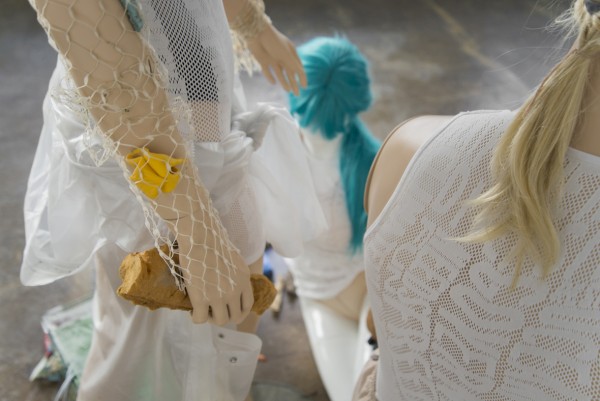
Daniel Keller & Ella Plevin, Seastead Figures (Polypool), 2015
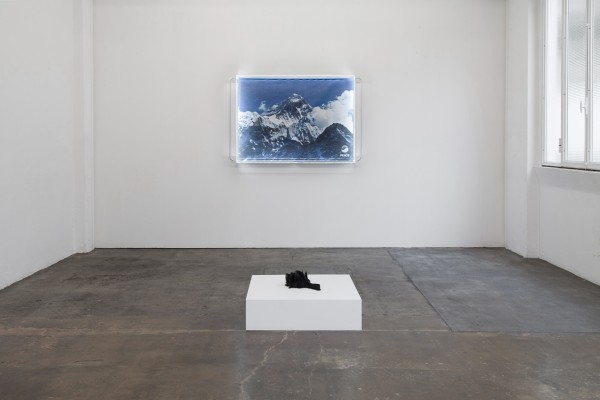
Timur Si-Qin, Installation view, 2015
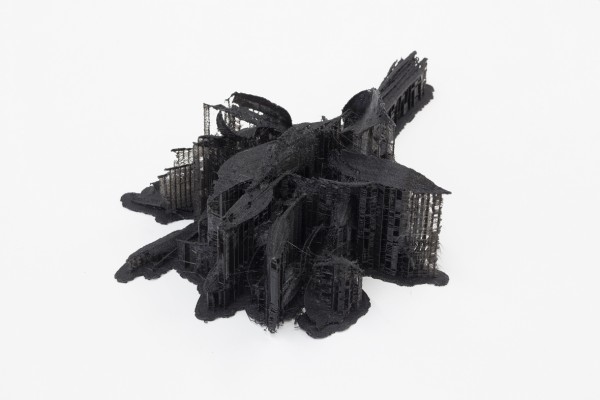
Timur Si-Qin, Untitled, 2015
Ada O’Higgins: Which companies did you work with? What was your working relationship with them and how did it affect the final work?
Daniel Keller: I worked with Biotex, a sportswear brand that was contracted out to a synthetic fabric knitwear tube producer. The fact that I don’t know the actual name of the technical process or producer says a lot. We visited a lot of other companies in which we were given more technical details (although frequently they’d just speak in Italian to the art students we had accompanying us, and I’d just wander around taking pics on my iPhone.)
Alessandro Agudio: I worked with OMGB (Precision Engineering) and Aida Bertozzi regarding ceramic sculptures. It was the first time that I used these materials and I was really lucky to meet Aida, who was able to translate my ideas and designs perfectly, finding effective solutions that I will employ for future works. A skilled artisan finds the best solutions to realize your ideas, and that was my experience working with these companies.
Andrea Magnani: I worked with a few companies: Myver for glassblowing, Aurela for relaxing mineral water with gold, Fabric Division for TDRP divination running t-shirts, Euromec (lasercut) and Seb (bio gel ice pack) for Om the Lam, the gel ice pack for cooling down the perineum. The excellence of a craftsman can be measured by his ability to “translate” your design as closely as possible or to help you look at your work from a different perspective and improve it. In this case, I can say all the companies were really welcoming to me. They all more or less altered my first design but always in a positive direction.
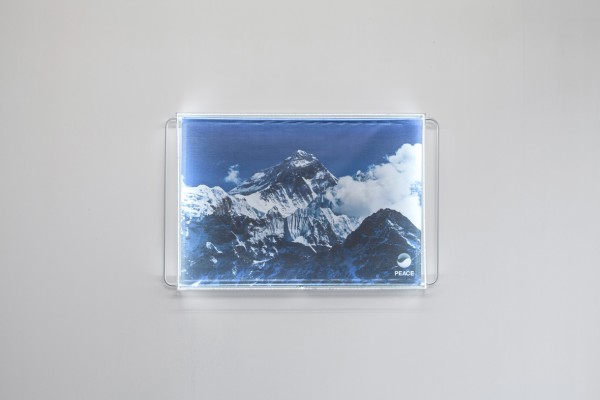
Timur Si-Qin, Display (Peace), 2015
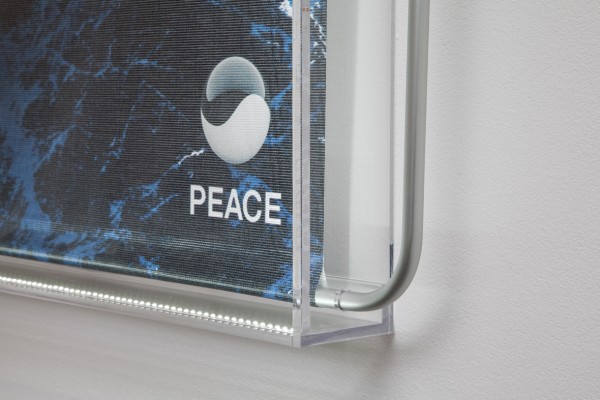
Timur Si-Qin, Display (Peace), 2015

Alessandro Agudio, Konturella, 2015
Ada: What was the significance of the companies being Italian (esp. in light of the crisis in Italy’s manufacturing sector)?
Daniel Keller: To be honest it felt almost entirely arbitrary for it to take place in Italy, but I feel like this sort of arbitrary locality is pretty central to the reality of globally networked capital, so why not? The region is extremely advanced in all sorts of manufacturing and has been for centuries, so it made practical sense to do it there, but I’d like to see the Siliqoon residency model adapted to other regions too. Of course a recurring theme we heard on these tours was that the industries were dying and being outcompeted (mostly by China). So a Siliqoon residency in Shenzhen for instance, would be a really interesting contrast to Emilia-Romagna.
Alessandro Aguido: I think that in a time of economic crisis it is important to concentrate attention on quality. I have been amazed by the excellence in the dialogue that I have had with the companies. I must admit that it has been a little weird for me, during my experience of working in Italy, my status of as an ‘artist’ most of the time has not been seen as a professional one. These collaborations were based on quality and trust, and I had the chance to meet many inspired people during the residency. There was a sense of strength, unity and positivity through the process: this was the best way to combat this crisis.
Andrea Magnani: Despite the crisis, Italy has one of the most rich and interesting histories in excellent craftsmanship often concentrated in “industrial or manufacturing districts”; like Faenza for ceramics.
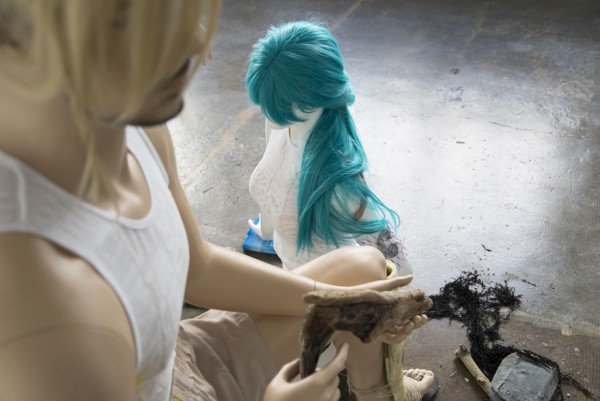
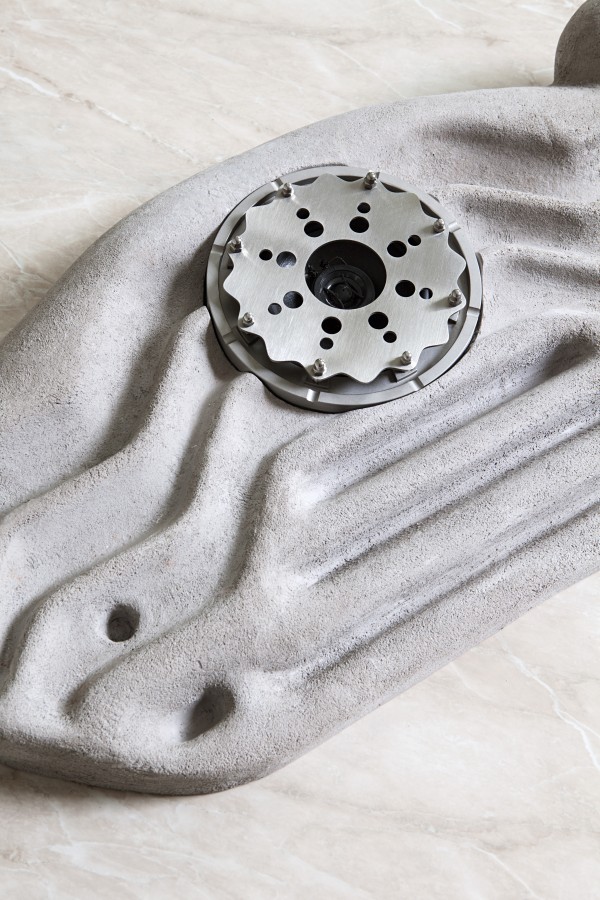
Alessandro Agudio, Konturella, 2015
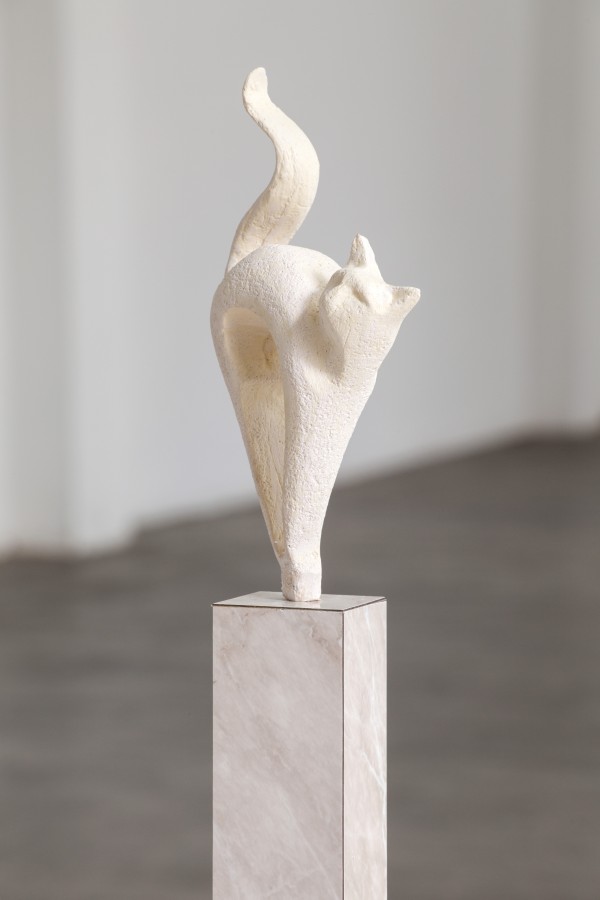
Alessandro Agudio, Konturella, 2015
Ada: How do you compare the Pure Disclosure residency with the practice of Artist Placement Group?
Daniel Keller: Artist placement Group was framed by the hypothesis that having artists embedded into corporations would deliver some kind of innovative ‘je ne sais quoi’ to the company, hopefully leading to increased shareholder value— and more crucially, leading to a more thoughtful and sensitive corporate climate in general. This of course, didn’t happen. Either way, Siliqoon does not seem to share these goals.
We were really just clients for these companies, albeit exchanging some cultural capital instead of a normal customer. I got the sense that we were sort of an annoyance to most of the companies, because of course anything we’d want to produce with them would be on a microscopic scale compared to what makes financial sense for them. I see Siliqoon as mostly being a service for artists. I enjoyed the residency because it was a month of only thinking about the what and the how and not really at all the ‘why’.
PURE DISCLOSURE
Curated and produced by Siliqoon
Alessandro Agudio, Daniel Keller, Ella Plevin, Andrea Magnani and Timur Si-Qin
Marsèlleria
Via Paullo 12/A, Milan

Alessandro Agudio, Konturella, 2015

Andrea Magnani, In the vast infinity of life, all is perfect, whole and complete, 2015
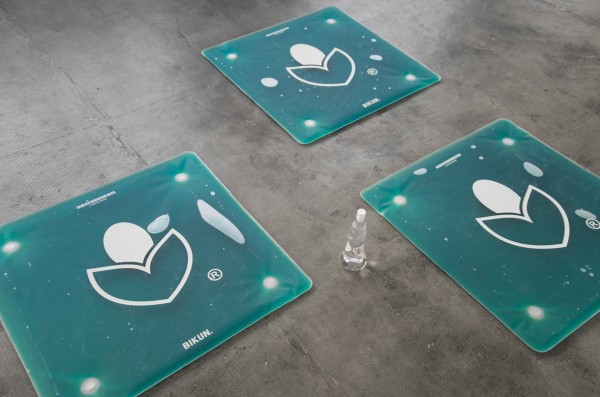
Andrea Magnani, In the vast infinity of life, all is perfect, whole and complete, 2015
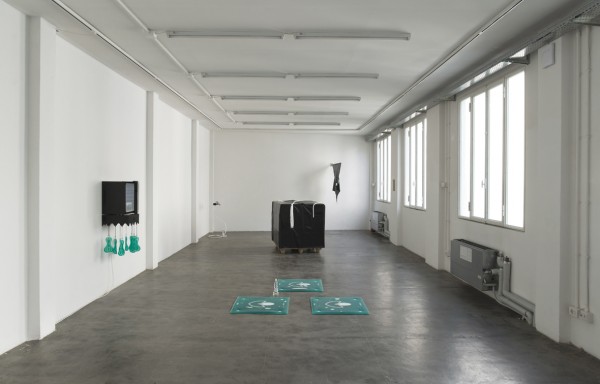
Andrea Magnani, In the vast infinity of life, all is perfect, whole and complete, 2015
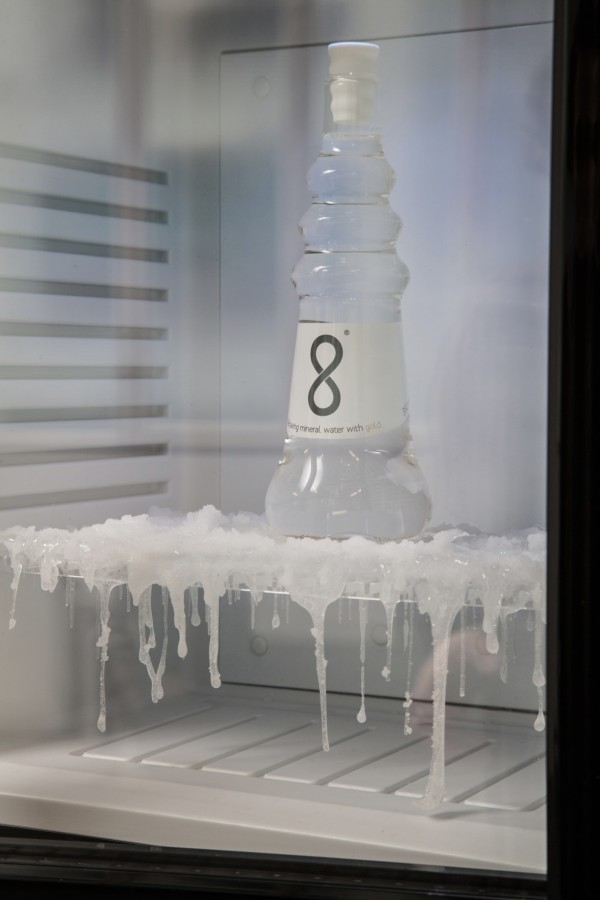
Andrea Magnani, In the vast infinity of life, all is perfect, whole and complete, 2015
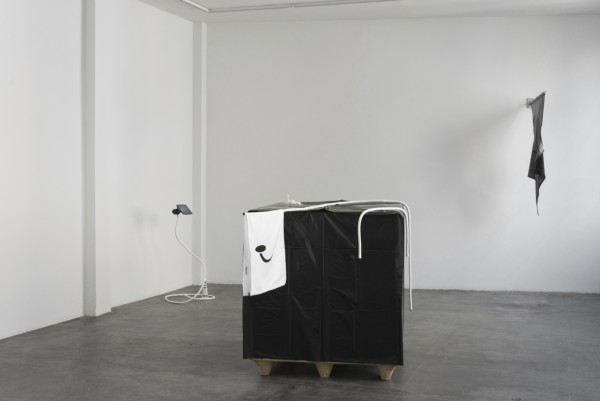
Andrea Magnani, In the vast infinity of life, all is perfect, whole and complete, 2015
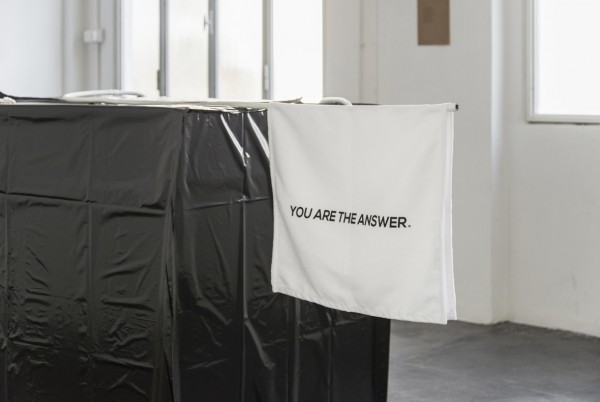
Andrea Magnani, In the vast infinity of life, all is perfect, whole and complete, 2015
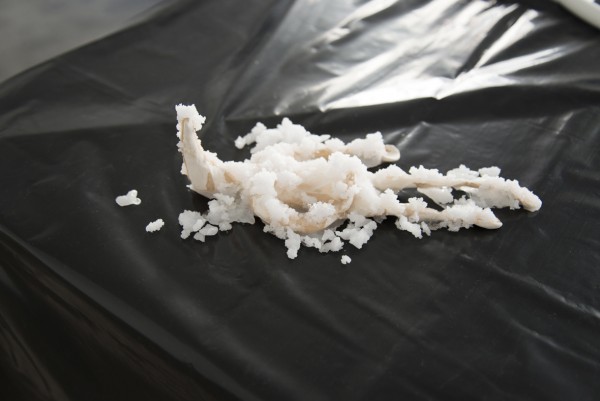
Andrea Magnani, In the vast infinity of life, all is perfect, whole and complete, 2015

Andrea Magnani, In the vast infinity of life, all is perfect, whole and complete, 2015
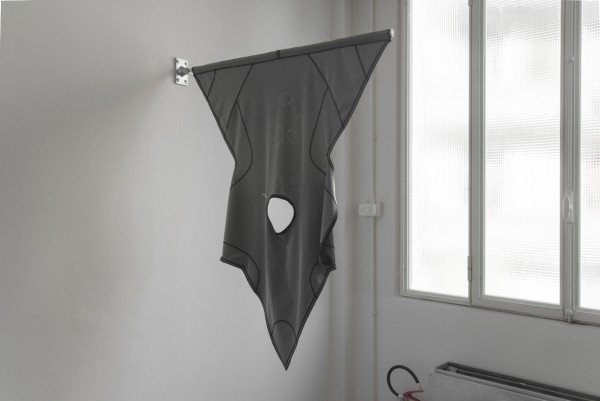
Andrea Magnani, In the vast infinity of life, all is perfect, whole and complete, 2015
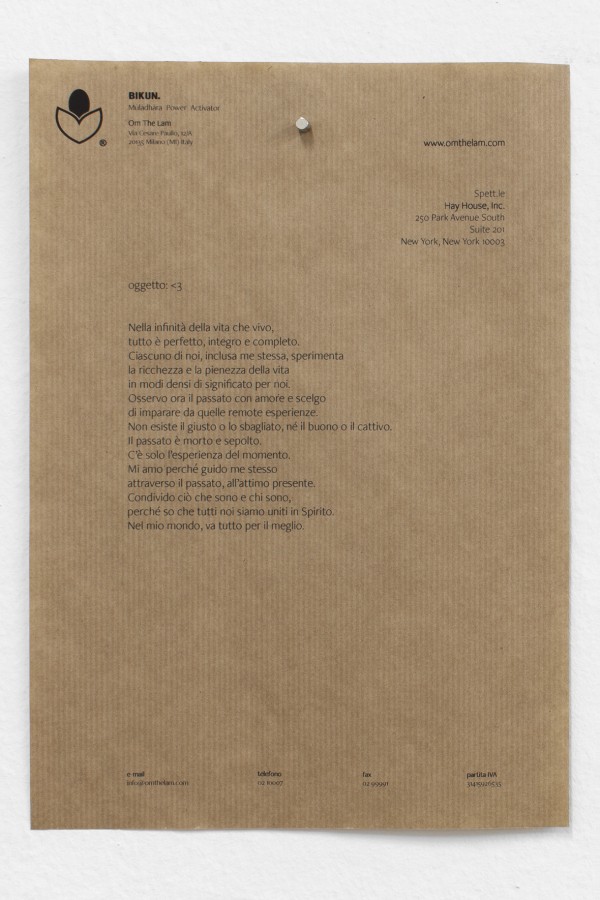
Andrea Magnani, In the vast infinity of life, all is perfect, whole and complete, 2015










































































